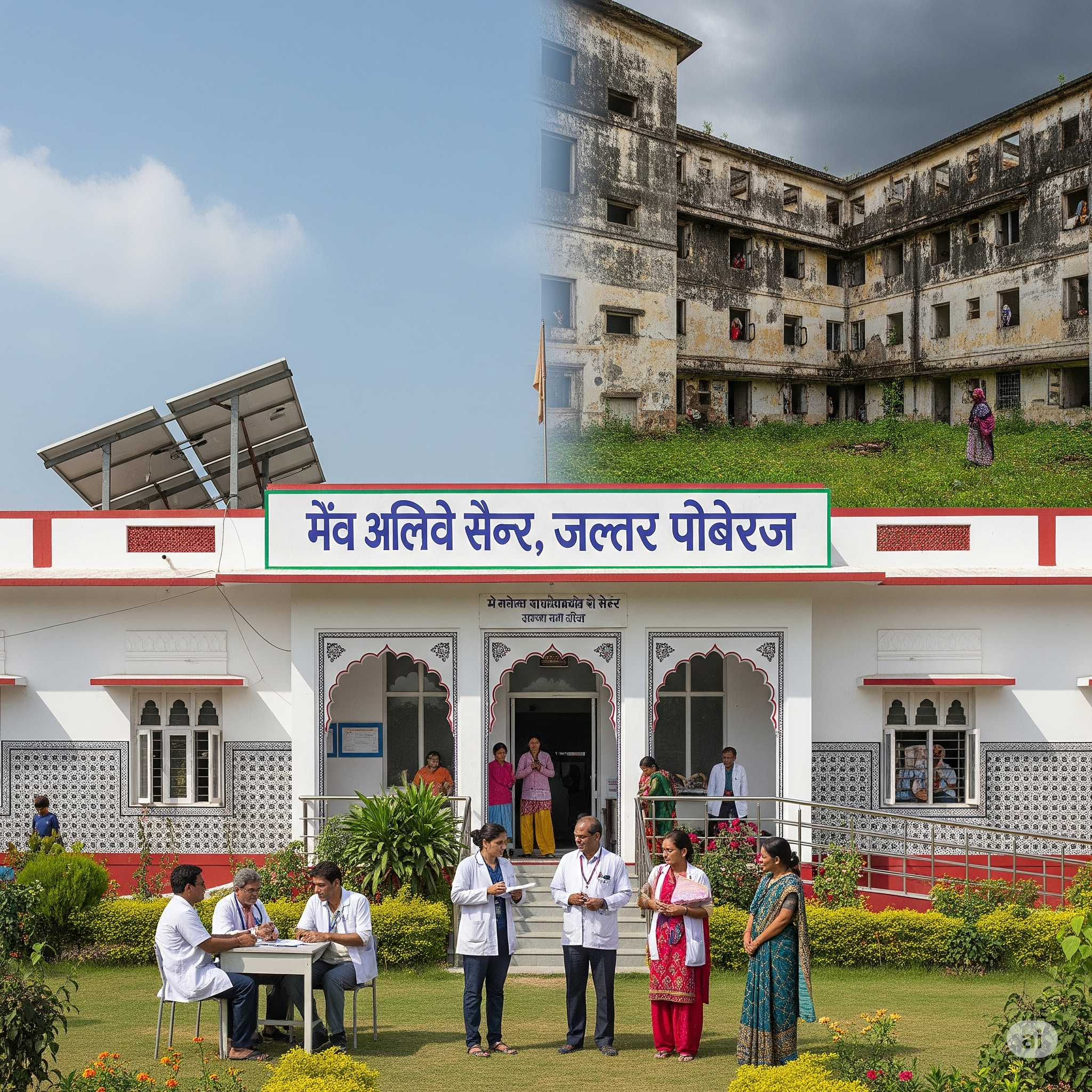
Uttar Pradesh’s Approach to Mental Health: Progress or Neglect?
- admin
- August 12, 2025
- Uttar Pradesh
- 0 Comments
The State of Mental Health in India’s Most Populous State
Mental health has increasingly become a public health priority in India, but Uttar Pradesh, home to over 240 million people, faces unique challenges in addressing this issue. While some efforts have been made to improve mental health care infrastructure and awareness, gaps in accessibility, funding, and implementation raise questions about whether the state’s approach is progressive or neglectful.
Key Metrics
- Mental Health Burden: Over 13% of Uttar Pradesh’s population is estimated to suffer from some form of mental illness, reflecting national trends. (National Mental Health Survey, 2016)
- Psychiatrist Shortage: The state has only 0.05 psychiatrists per 100,000 people, compared to the World Health Organization’s recommended 1 per 100,000. (National Health Profile, 2022)
- Budget Allocation: Mental health services accounted for less than 0.5% of Uttar Pradesh’s total health budget in 2023. (State Health Budget Report, 2023)
- District Mental Health Program (DMHP): Implemented in 34 of 75 districts, the DMHP aims to provide basic mental health services, though its reach remains limited. (Ministry of Health and Family Welfare, 2023)
Progress in Addressing Mental Health
1. Expansion of the District Mental Health Program
Under the National Mental Health Programme, Uttar Pradesh has rolled out the DMHP in 34 districts. This initiative includes outpatient services, community awareness campaigns, and training for primary health workers. However, its limited geographic coverage leaves large sections of the population underserved.
2. Strengthening Infrastructure
The state has established a few dedicated mental health facilities, including the Institute of Mental Health in Agra. Some medical colleges in Uttar Pradesh now offer psychiatry as part of their curriculum, aiming to address the severe shortage of trained professionals.
3. Public Awareness Campaigns
The state health department has launched campaigns to destigmatize mental health issues, leveraging social media, workshops, and educational programs. Efforts are focused on increasing awareness about conditions like depression, anxiety, and substance abuse, particularly among adolescents.
4. Digital and Telehealth Initiatives
During the COVID-19 pandemic, the government introduced telehealth services to provide mental health support remotely. Platforms like the eSanjeevani OPD allow patients to consult psychiatrists and psychologists online, though digital literacy and internet access remain barriers in rural areas.
Challenges in Mental Health Care
- Resource Shortage
Uttar Pradesh faces a dire shortage of mental health professionals, including psychiatrists, psychologists, and psychiatric social workers. This scarcity limits the state’s ability to provide timely and effective care. - Stigma and Lack of Awareness
Cultural stigmas around mental health prevent many individuals from seeking help. Rural areas, in particular, experience a lack of awareness about mental health services. - Limited Accessibility
Most mental health services are concentrated in urban centers, leaving rural and underserved populations without adequate care. The DMHP’s implementation in only 34 districts further underscores this disparity. - Inadequate Funding
Mental health receives minimal budgetary allocation, constraining the expansion of services, infrastructure, and outreach programs.
Recommendations for Improving Mental Health Care
- Expand DMHP Coverage
Extend the District Mental Health Program to all 75 districts, ensuring equitable access to basic mental health services across the state. - Increase Funding
Allocate a larger share of the health budget to mental health initiatives, focusing on infrastructure development, professional training, and community outreach. - Enhance Workforce Training
Strengthen psychiatry and psychology programs in medical and paramedical institutions to address the shortage of mental health professionals. - Leverage Technology
Scale up telehealth services and integrate them with community health programs to reach remote and underserved populations. - Community-Based Interventions
Engage local leaders, NGOs, and schools in awareness campaigns to reduce stigma and promote early intervention.
Conclusion
Uttar Pradesh’s approach to mental health care has shown signs of progress, particularly through initiatives like the DMHP and public awareness campaigns. However, significant gaps in funding, accessibility, and workforce availability highlight the need for a more comprehensive and inclusive strategy.
A balanced assessment suggests that while steps are being taken, the pace of progress is insufficient to meet the growing mental health demands of the state’s population. A focused effort on expanding services, increasing funding, and reducing stigma is essential for Uttar Pradesh to transition from neglect to meaningful action in addressing mental health.

